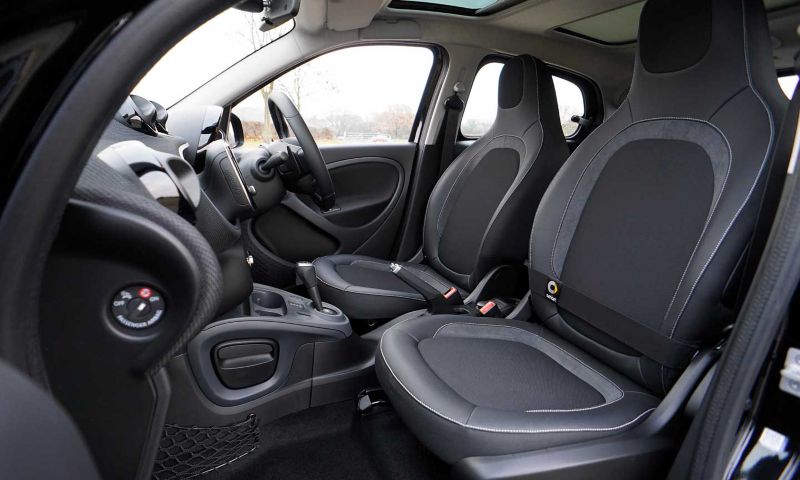Understanding and tackling Spotty Liver Disease in poultry
RMIT University researchers identified the bacterial species that causes Spotty Liver Disease in chickens and developed diagnostic tools for the serious issue that is affecting global egg production industries.
Coffee concrete trial turns organic waste into a valuable resource
RMIT researchers collaborated with Macedon Ranges Shire Council to conduct a world-first coffee concrete footpath trial.
Improving gender representation in Australia’s cyber security workforce
RMIT research has provided greater insights into gender-related workforce challenges faced by the Australian cyber security sector and identified ways to expand and diversify the talent pool.
Improving understanding of cryptocurrency regulation, crime and sentencing
RMIT researchers found that using cryptocurrency to commit a crime leads to a harsher sentence than if a similar crime was committed using regular currency.







